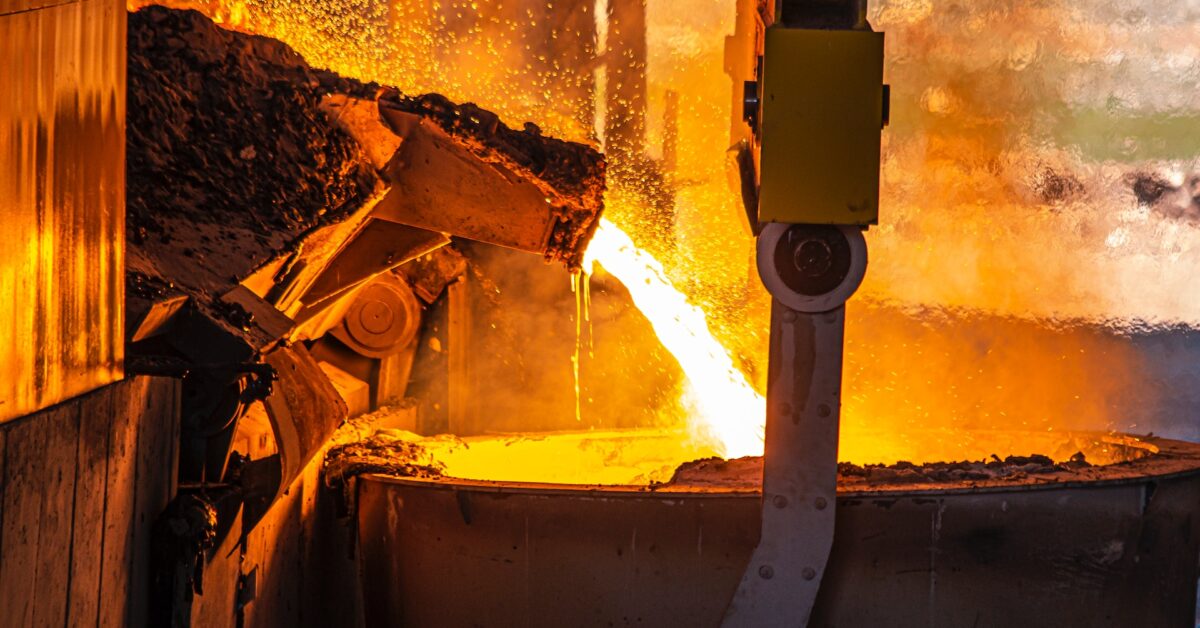Refractory brick can withstand extreme temperatures, making it ideal for lining furnaces and kilns. It is also widely used in crucibles.
The open lattice reinforcing structure is encapsulated within the precast refractory castable during manufacturing, creating an insulated composite. This reduces stress on the wound unidirectional nonmetallic fiber during thermal cycling.
Cost-Effective
A major advantage of precast shapes is that most installation work can be done off-site, reducing costs. Additionally, using refractory shapes helps reduce jobsite downtime and allows for higher production rates. This is important to a customer as it increases energy savings and lowers carbon, silicon and slag losses.
Refractory shapes are also environmentally friendly as most are made with low-emission technologies that use less energy than traditional manufacturing methods. Additionally, many of the raw materials used in refractory bricks are recycled to create other types of products that can be reused. This benefits the environment by limiting the number of raw materials that need mined from the earth. Over 90 percent of the world’s refractory bricks are estimated to be recycled. A significant portion of these are used to manufacture new refractory shapes. They are also used as linings to manufacture cement, steel and power generation products.
Durability
High temperature precast refractory products are concrete mixes comprised of cement, sand, aggregate and water. Cement acts as the binding agent, sand and aggregate act as filler materials, and water is added to make the mixed fluid workable. These conventional castables are subject to thermal stresses, which cause cracking and spalling.
In addition, these materials can be damaged by exposure to molten metals and slag. This damage results in a loss of strength and can be extremely costly.
By using precast shapes, installation contractors can reduce costs by minimizing the number of crews required on-site to install the material. This is particularly true when compared to traditional installation methods such as uniting. Precast shapes also help to reduce material usage by allowing installers to maximize the use of existing cores. Consequently, this can result in substantial savings for the contractor and the owner. This characteristic helps to optimize the life of furnace, boiler and incinerator linings.
Reliability
One of the most challenging aspects of refractory precast shapes is controlling the thermal expansion stresses that can crack or damage the structure. HyFIBER technology utilizes a high concentration of stainless steel reinforcing fibers permeated with a low-cement castable slurry to create an incredibly tough composite material.
These lightweight materials exhibit higher cold crushing strength (CCS) than conventional refractory concretes yet maintain their density. This means they resist the expansion and contraction stresses that would otherwise cause cracking in critical applications such as reheat furnace cartops, aluminum ladles, and power generation boilers.
These refractory ceramics also offer better resistance to impact damage than other materials, especially monolithic refractories. They achieve this by a refractory ceramic matrix composite (CMC) process.1
Safety
Refractories are ceramic materials that withstand high temperatures, making them important in manufacturing processes. They are also resistant to physical wear and corrosion caused by chemical agents. They can be divided into categories based on their thermal conductivity and coefficient of expansion. They are commonly made from oxides of aluminum (alumina), silicon (silica) or magnesium, and fire clays. They can also be made of conducting refractory metals such as silicon carbide and zirconium or nonconducting insulators such as calcium silicate materials and kaolin.
A growing number of installation contractors have embraced precast refractory shapes. This helps them reduce their project costs by minimizing crew size. They can also install more stubborn before leaving the work site, allowing them to complete their projects more quickly. In addition, precast refractory shapes offer a level of consistency and quality that is difficult to achieve with cast-in-place refractory.


